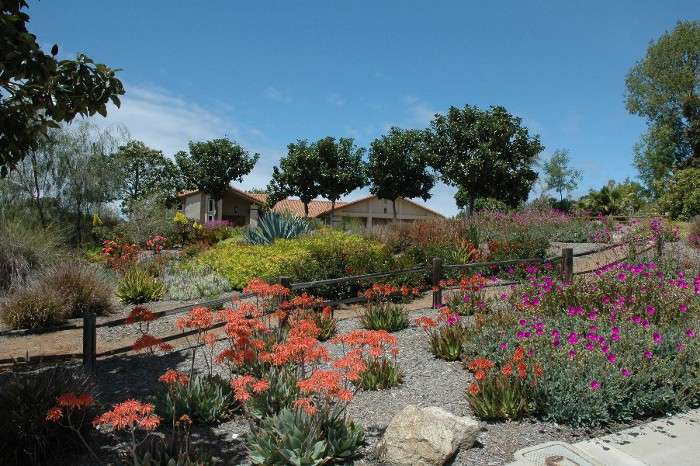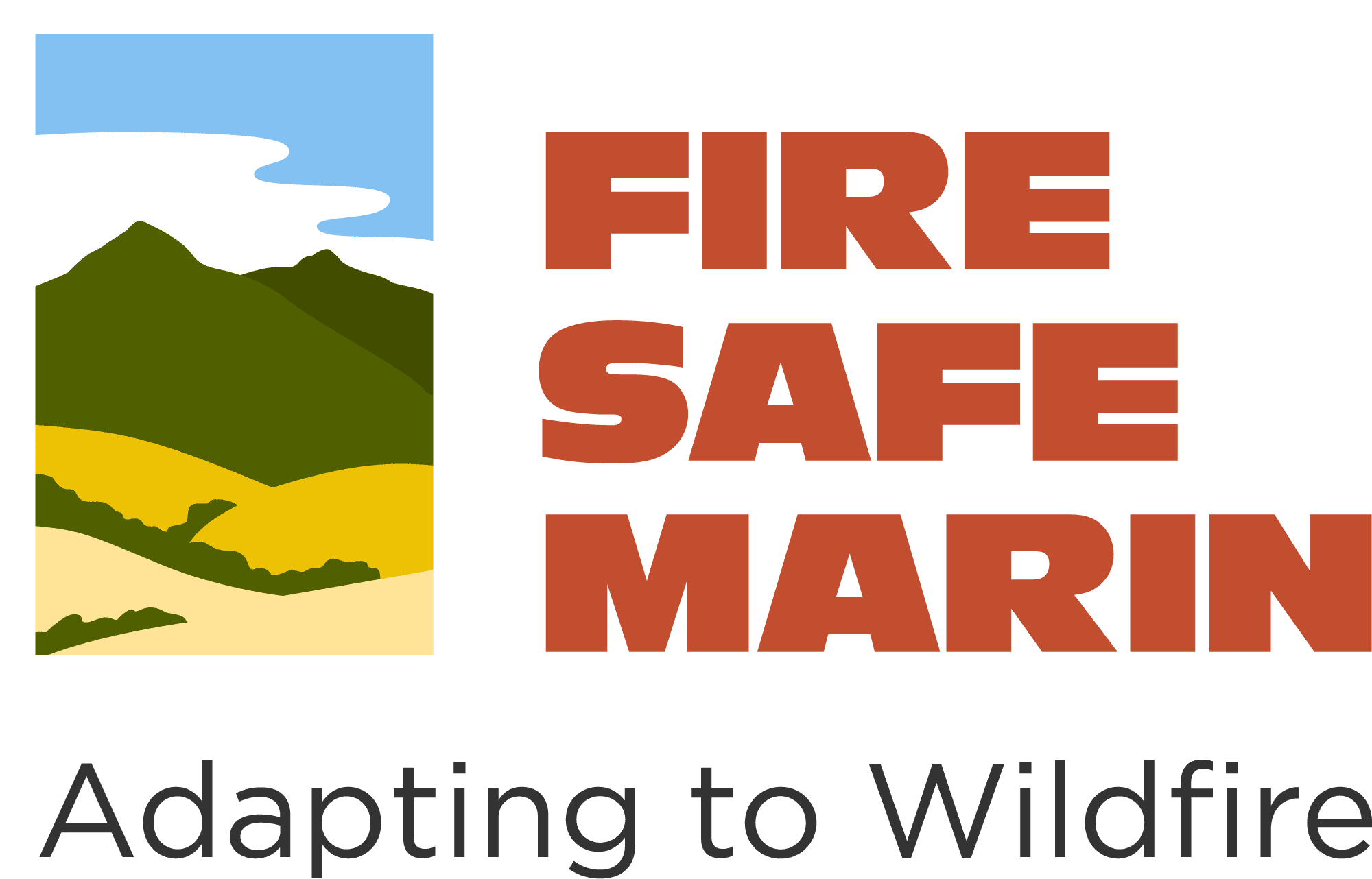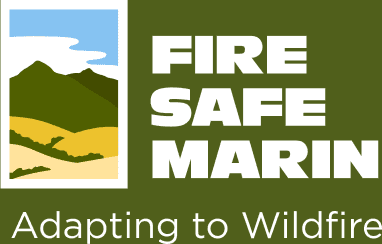
A simple, 7 day guide to improving your home and family’s wildfire preparedness with easy, inexpensive tips.
Defensible space is essential to improve your home’s chance of surviving a wildfire. It’s the buffer you create between a building on your property and the grass, trees, shrubs, or any wildland area that surround it. This space is needed to slow or stop the spread of wildfire and it protects your home from catching fire – either from direct flame contact or radiant heat. Defensible space is also important for the protection of the firefighters defending your home, and it’s required by law!
Creating an area of defensible space does not mean you need a ring of bare dirt around your home. It does not mean you need to remove all of the trees on your property. It does, however require some planning and upkeep. With proper planning, you can have both a beautiful drought resistant, low water landscape and a fire safe home.
The defensible space concept is simple: that trees should be limbed up, spaced out, and kept further from your house; shrubs can be closer, but should be kept low and spaced; bedding plants and lawns may be nearest the house. The use of “hardscaping” like retaining walls, pathways, and clean space near the home will beautify your property and add the finishing touch on a well planned defensible space.
Plants and Defensible Space
Our goal is to help homeowners protect their homes in an hour or less each day. One simple way to achieve this, is to add spacing to your landscaping plants by removing a few plants. Look for hazardous “pyrophytic” (fire loving) plants on our list, and start by removing these. Removing half of the plants from an overgrown garden, and covering the space with fire resistant mulch (compost or 1/2″ or larger bark works well) can cut your irrigation water use in half, improve the health of remaining plants, and dramatically slow the spread of fire. Ensure that remaining plants are on our Marin county specific “fire safe” plants list.
A simple drip irrigation system can be added to save even more water, and improve the health of remaining plants. Careful, water-wise irrigation and mulch will improve water retention in the plants, which makes your remaining landscape even more resistant to fire.
Defensible Space Zones: 0′-100′
Two zones make up the required 100 feet of defensible space. The two zones are: the home defense zone; and the reduced fuel zone (see “Defensible Space Zones, below). The home defense zone is within 30 feet of the house. The reduced fuel zone lies beyond the home defense zone and extends out at least 100 feet from the house or to your property line. Greater defense zone widths are necessary when your home is on a steep slope or in a windswept exposure. Specific recommendations for each zone are described below and pertain to all Marin jurisdictions in the Wildland Urban Interface. Some cities and fire departments may have slightly more stringent requirements.

Zone 1: Home Defense Zone
Zone 1 extends 30 feet* out from buildings, structures, decks, etc.
- Keep this space clean at all times during fire season!
- Remove all dead plants, grass and weeds (vegetation).
- Remove dead or dry leaves and pine needles from your yard, roof and rain gutters.
- Trim trees regularly to keep branches a minimum of 10 feet from other trees.
- Remove branches that hang over your roof and keep dead branches 10 feet away from your chimney.
- Relocate wood piles into Zone 2 or cover in a fire resistant material.
- Remove or prune flammable plants and shrubs near windows.
- Remove vegetation and items that could catch fire from around and under decks.
- Create a separation between trees, shrubs and items that could catch fire, such as patio furniture, wood piles, swing sets, etc.
Zone 2: Reduced Fuel Zone
- Cut or mow annual grass down to a maximum height of 4 inches.
- Create horizontal spacing between shrubs and trees. (See diagram)
- Create vertical spacing between grass, shrubs and trees. (See diagram)
- Remove fallen leaves, needles, twigs, bark, cones, and small branches. However, they may be permitted to a depth of 3 inches if erosion control is an issue.
* Check with your local fire department for any additional defensible space or weed abatement ordinances.
Fire Safe Landscaping
Defensible Space requires the installation and maintenance of Fire Safe Landscaping. It is important to remember that a fire safe landscape isn’t necessarily the same thing as a well-maintained yard. A fire safe landscape uses fire resistant plants that are strategically planted to resist the spread of fire to your home.
The good news is, you don’t need a lot of money to make your landscape fire safe. And you will find that a fire safe landscape can increase your property value and conserve water while beautifying your home.
Learn more about Fire Safe Landscaping practices and materials here…
7 DAYS TO A FIRE SAFE HOME
- Day 1: Clean Your Roof and Rain Gutters!
- Day 2: Cut Your Grass!
- Day 3: Expand Your Defensible Space
- Check back tomorrow for more tips!







